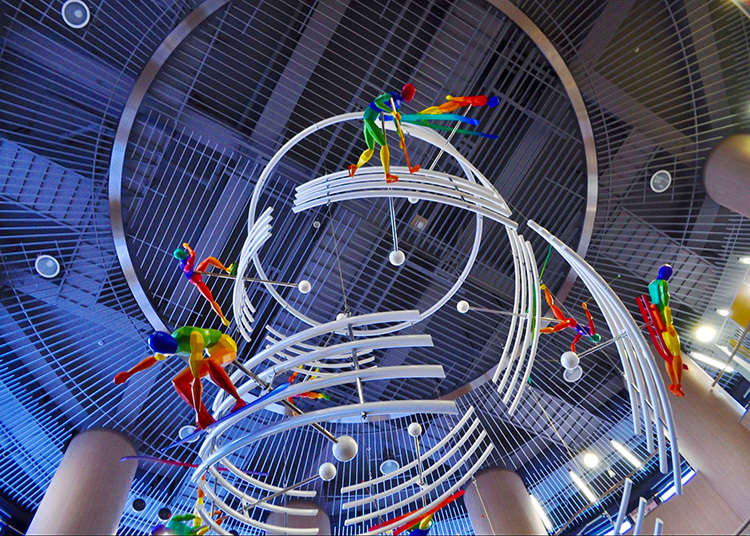
Exploring Sapporo’s Winter Olympics History
- Written by: Nina Cataldo
As Japan gears up to host another Olympic Games, the legacy from the Games past linger on well after its closing in Sapporo. This city in Hokkaido, the Northern island of Japan, was host to the 1972 Winter Olympics.
Okurayama Ski Jump Stadium

One site in particular is the Okurayama Ski Jump Stadium. Originally opened in 1931, this 133 meter jump built on the side of Mt. Okura is a veteran to global competitions including the Sapporo Olympics, 2007 World Championships, and multiple World Cups for ski jumping.
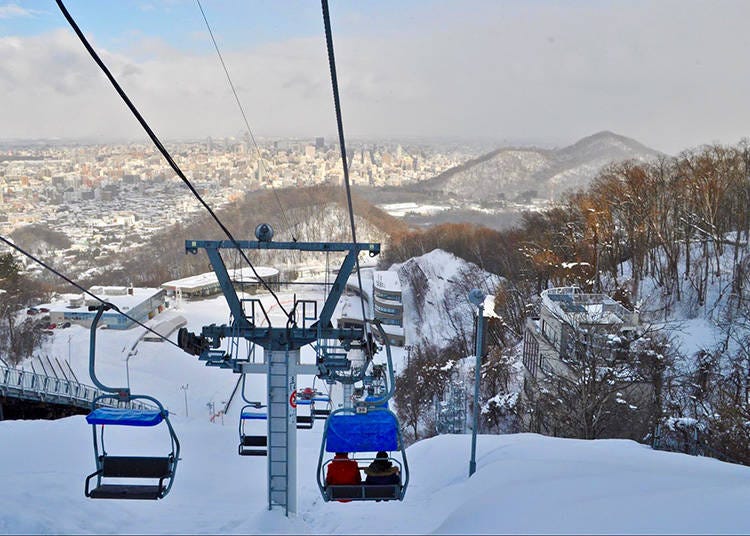
Seeing the size of the ski slope up close is a stunning experience, and the trek to the top even more astounding. Visitors can purchase tickets for the ski lift - a simple open-air two person chair lift common at ski resorts - to reach the top of the ski jump where the Mt. Okura Observation Platform sits. This observatory is 300 meters (nearly 1000 feet) above ground and perfect for a superb view.
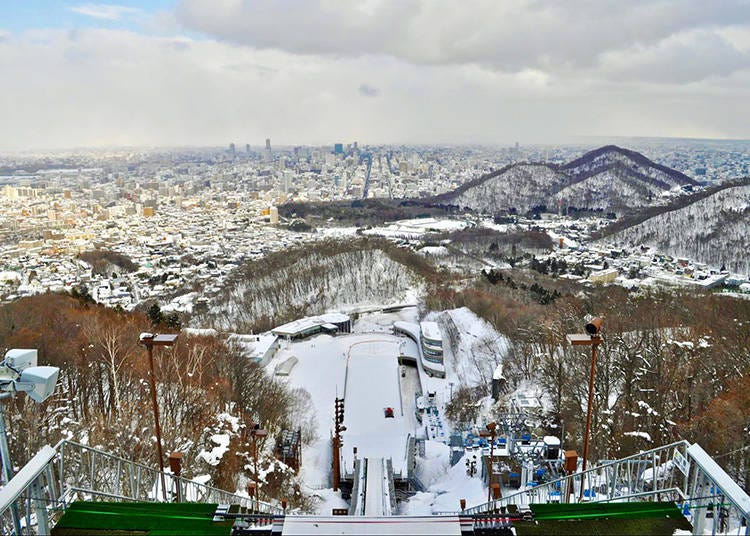
On a clear day, the large windows of the heated building give visitors a clear view of Sapporo and the neighboring mountains. A look downwards from the window ledge also gives a hair-raising hightop view of the ski jump’s starting point. The foot of the ski jump also houses an extensive museum dedicated to winter sports and the Winter Olympics.
-
Okurayama Ski Jump Stadium大倉山ジャンプ競技場
- Address 1274 Miyanomori, Chuo, Sapporo, Hokkaido 064-0958
- Phone Number 011-641-8585
8:30 AM - 6:00 PM
Open every day
Sapporo Olympic Museum
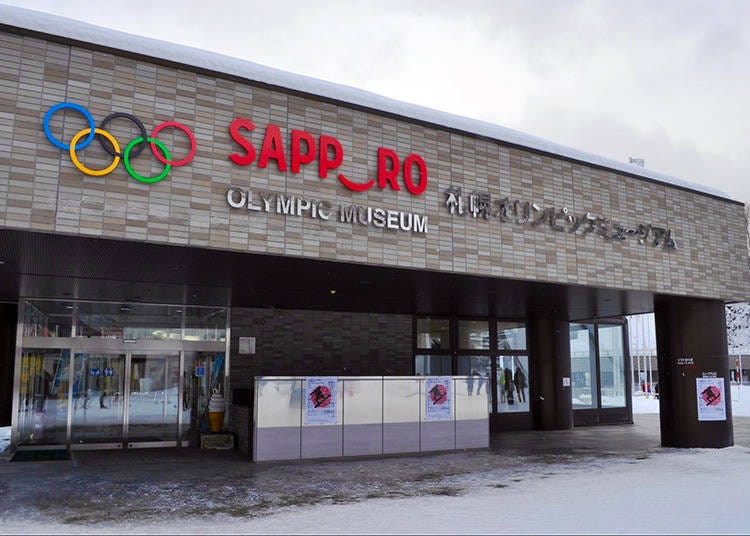
The Sapporo Olympic Museum not only incorporates Olympic-related displays, but winter sports memorabilia as well. Open to the public since 2000, the museum’s upkeep is to date with constant donations from ex-Olympians of uniforms and gear to put on display.
Winter Sports’ Historical Artifacts
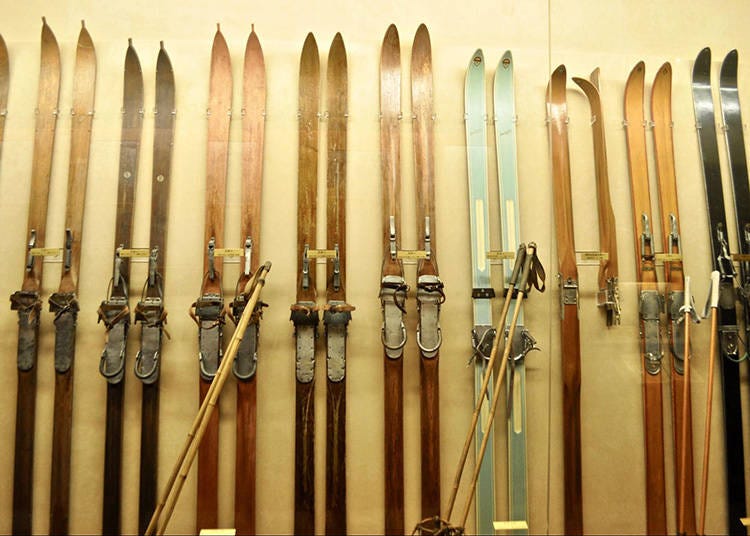
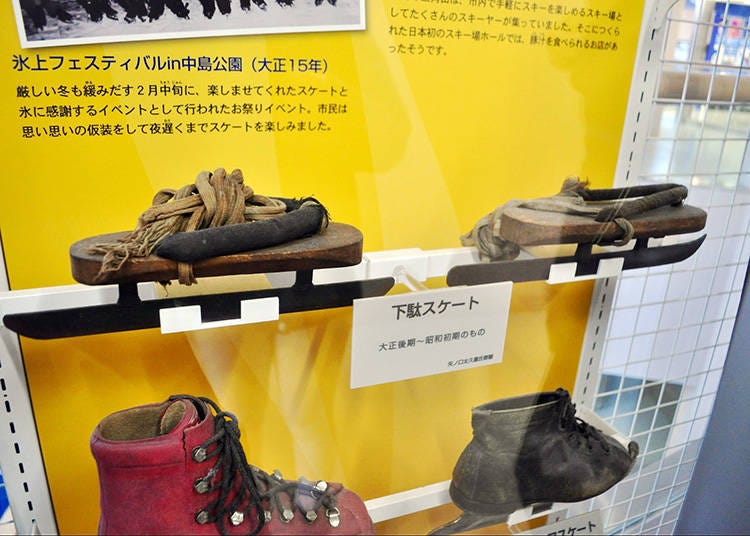
There is an extensive and impressive collection of snow gear that date back to the early 20th-century belonging to Japanese royals and local donors. There are even skates on Japanese wooden sandals called geta in the collection.
Remembering the 1972 Sapporo Winter Olympics

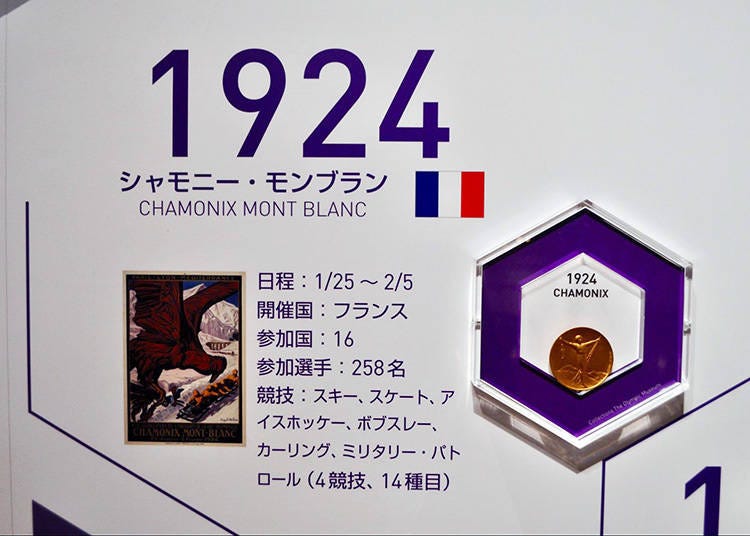

The museum recounts the 1972 Games through highlights from each day. In addition, it dives into the history of the Winter Games in depths, as well as having all of the past games’ medals on display to the public. The lower floor also features real torches from the games as well as Japan’s official team uniforms and gear from the very recent Pyeongchang Winter Games.
Experience Winter Sports Through Simulations
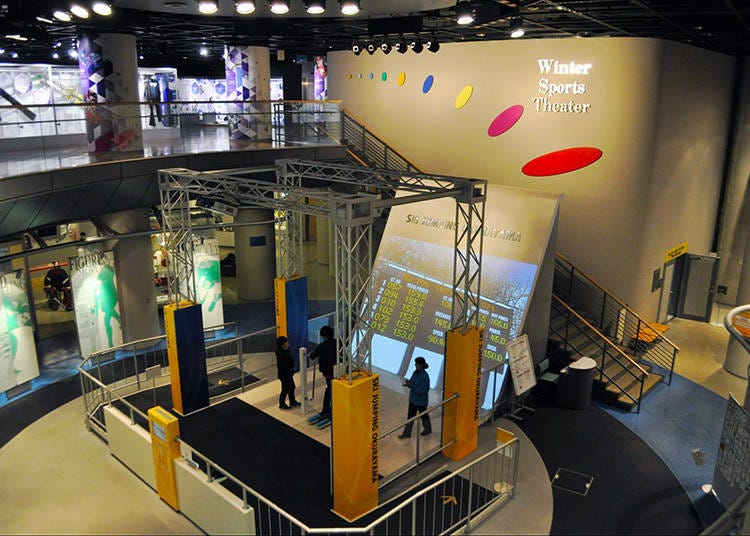
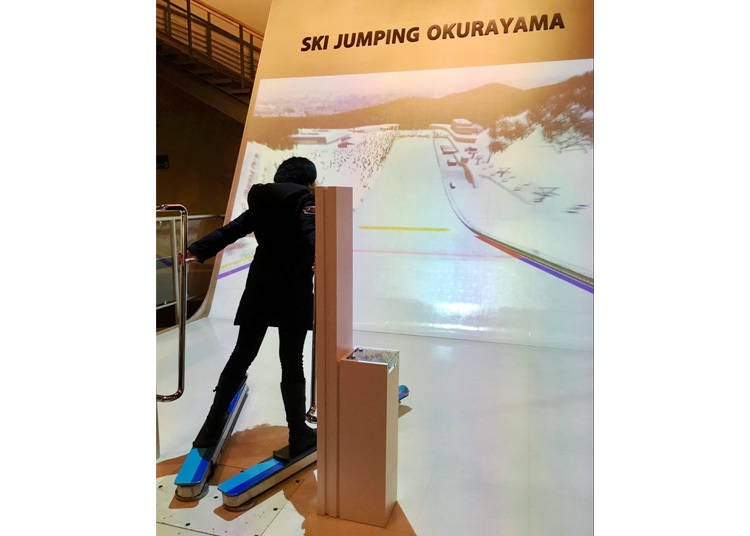
The lower level of the museum is also very interactive, with visitors having the opportunity to experience bobsledding, ski jumping, cross country skiing, and speed skating. If the virtual experiences were just as hard as I experienced, it only helped deepen my appreciation and admiration for true athletes of these sports.
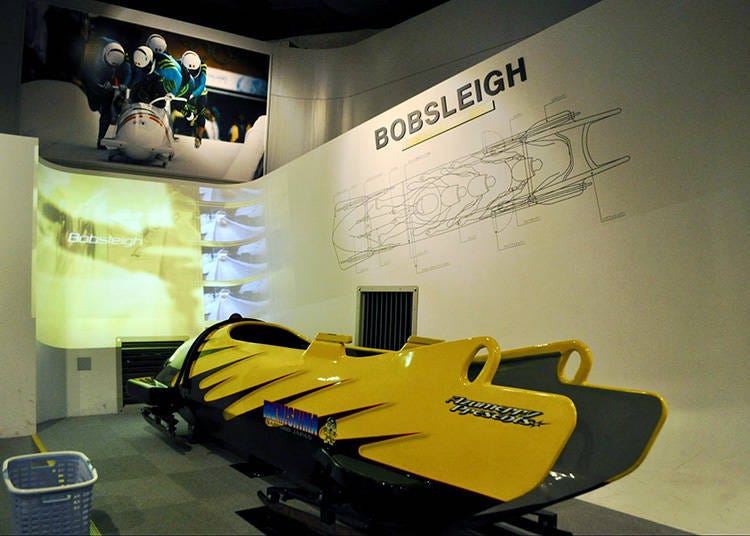
A true wonderland for all winter sports and admirers of the olympics and its athletes, this museum is a top-notch and detailed one not to be missed. Although many of the displays and descriptions on the walls are in Japanese, there are now laminated sheets available next to each section translating all material into English, Chinese, and Korean. Be sure to set aside at least a few hours to be spent here.
-
Sapporo Winter Sports Museum札幌オリンピックミュージアム
- Address 〒064-0958 Hokkaido, Sapporo, Chuo Ward, Miyanomori, 1274
- Phone Number 011-641-8585
9:30 AM - 5:00 PM
Open every day
Sapporo Dome: An Athletic Ground All Year Round
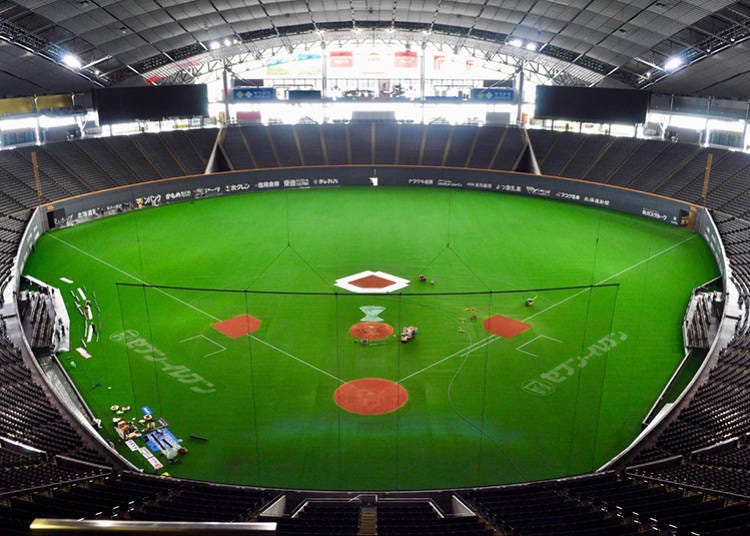
Though the prefecture of Hokkaido is covered in snow for more than half the year, its athletic activities and interests aren’t only limited to winter sports. For this purpose, Sapporo Dome is a great destination for attending and being involved in athletic events. Built in 2001 and used as a site for the FIFA Soccer World Cup the following year. It is now home to both professional J-League soccer and baseball teams, and the only one in the nation to do so. The dome will also host some 2019 Rugby World Cup matches and will be the main site for soccer matches in the 2020 Summer Olympics.
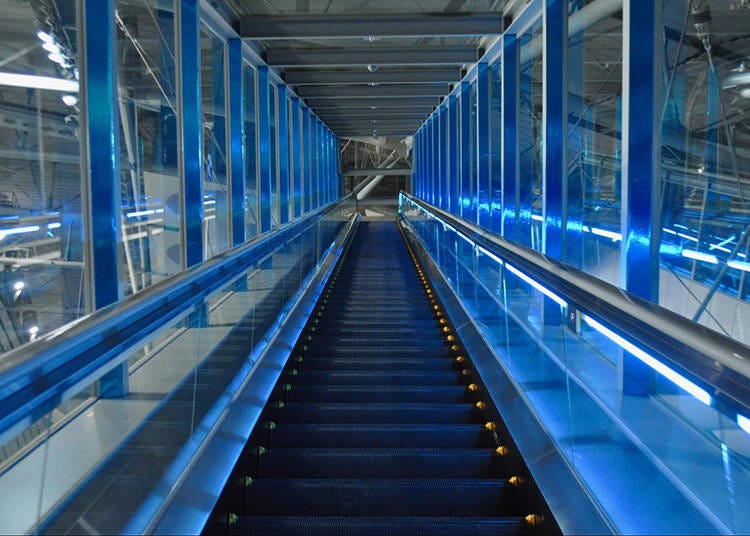
Sapporo Dome is one of a kind in the world for certain features. First, it is only one of four stadiums around the world with a jaw-dropping retractable surface, allowing it to switch between a grass soccer field to a turf baseball field. To make the switch, it takes 8+ hours and five million yen (approx. $50,000USD) each time, and this is done 30 to 40 times a year. Unlike the other retractable stadiums, the Sapporo Dome is the only stadium with a fixed roof, allowing use in comfort all year round.
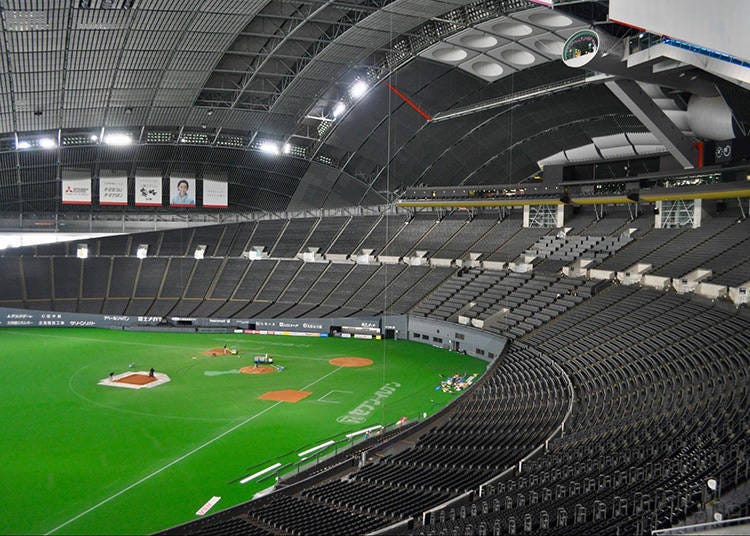
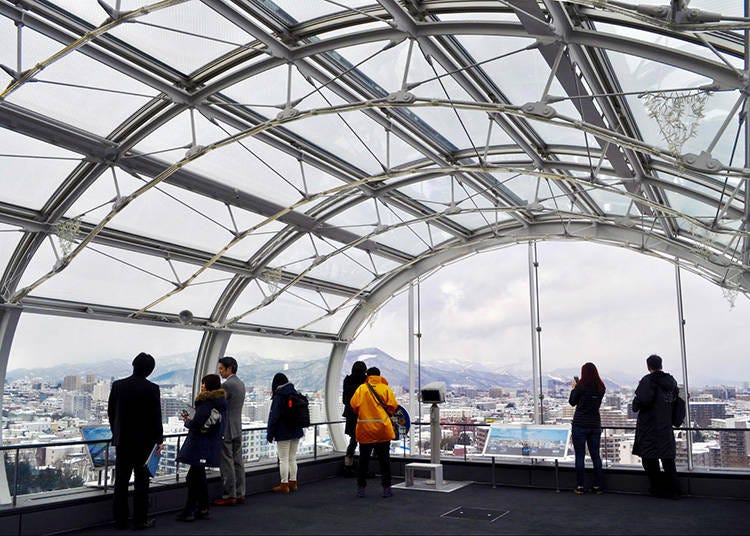
Its résumé of capabilities seem endless. The multifunctional stadium is used as a hub for everything and essentially anything that the city needs it for. Its 40-53,000 capacity grounds is used as an expo center, soccer and baseball field, start and finish grounds for marathons, and snow sport competition sight with its ability to create snow and ice terrains.

Most importantly, this stadium is open year-round to all citizens, making it a special and important hub for families who can bring their children to play in an outdoor-like setting while remaining dry and warm during the harsh winters in Sapporo. During our tour of the stadium, we saw whole preschool classes at the playground alongside sections of stadium bleachers. Its ever changing use and inviting atmosphere reminds citizens and visitors that stadiums are more than a place for viewing sports games; it’s a lively hub for the communities that join from near and far.
-

-
Address
1, Hitsujigaoka, Toyohira-ku, Sapporo-shi, Hokkaido, 062-0045
View Map -
Nearest Station
Fukuzumi Station (Toho Line)
10 minutes on foot
- Phone Number 011-850-1000
-
Address
1, Hitsujigaoka, Toyohira-ku, Sapporo-shi, Hokkaido, 062-0045
Sapporo Snow Festival
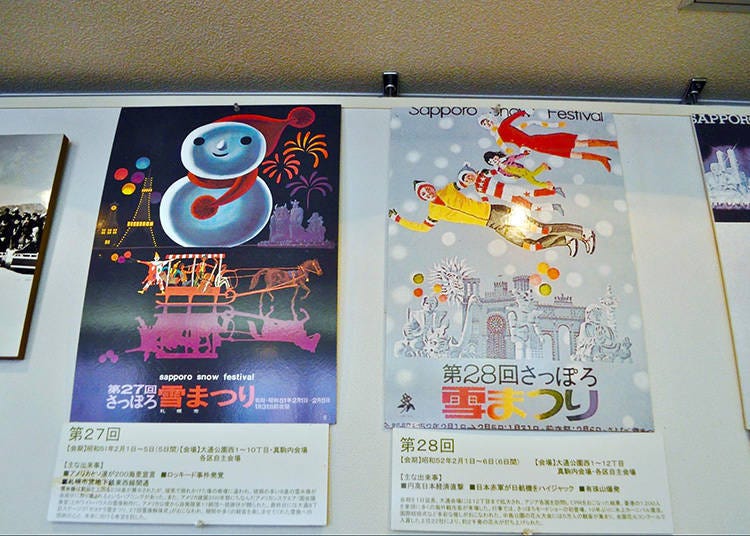
Sapporo is not only famous for its winter sports. There is also the famous Sapporo Snow Festival that occurs annually in February with thousands of curious visitors flocking in from all over the world. This festival displays enormous ice sculptures created by different teams and displaying unique carvings from animation characters to famous architecture around the world.
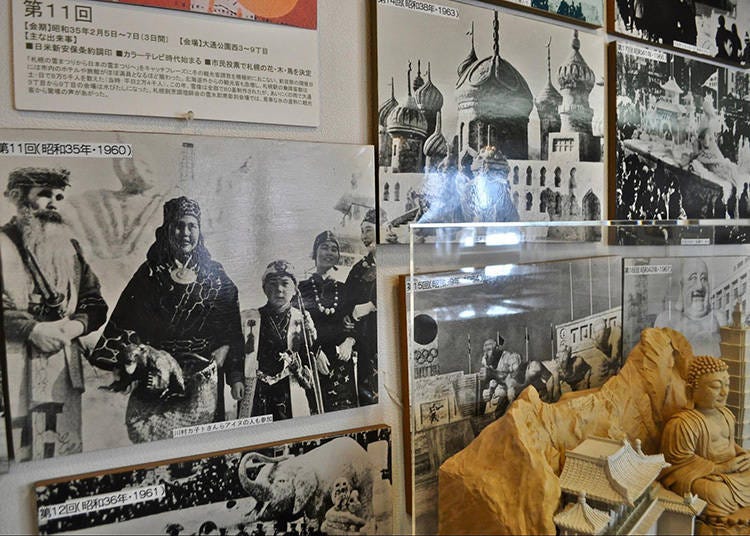
Posters of the festival and replicas of the sculptures are found on display on the grounds of Hitsujigaoka Observation Hill in the old chapel.
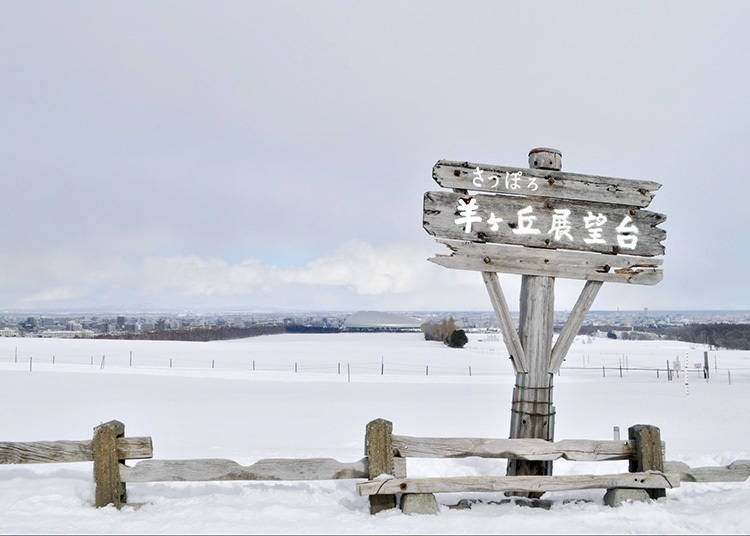
Sapporo, often a pit stop between coming and going from many of Hokkaido’s ski resorts, has more athletic and historical experiences to offer than meets the eye. Take a break from visiting the Sapporo Beer Factory and shopping in its underground markets to check out some of these sites.
This article is written in partnership with Japan National Tourism Organization
・JNTO website: http://www.jnto.go.jp/
・Japan official travel app: http://www.jnto.go.jp/smartapp/eng/
・Instagram: #visitjapanjp https://www.instagram.com/visitjapanjp/?hl=ja
・Facebook: @visitjapaninternational https://www.facebook.com/visitjapaninternational
・Enjoy my Japan campaign: #enjoymyjapan https://www.enjoymyjapan.jp/en/
Nina is a globe trotter and storyteller, constantly seeking adventures in her motherland of Japan. She's a collector of travel brochures, a lover of cats, and a half-daring foodie. She also likes to escape Tokyo city life from time to time to discover new trails in rural Japan, where she enjoys connecting with locals and wanderers alike. By profession, Nina is the co-author and editor of DUO Elements, a conversational English book series.
*Prices and options mentioned are subject to change.
*Unless stated otherwise, all prices include tax.
Popular Tours & Activitiess
Recommended places for you
-
Appealing

Rukku and Uohei
Izakaya
Sapporo / Chitose
-

LakeAkan
Rivers, Lakes & Canyons
Abashiri
-
Appealing

Mt. Hakodate Observatory
Forests & Mountains
Hakodate
-

Niseko Village Ski Resort
Skiing & Snowboarding
Niseko / Rusutsu
-

Farm Tomita
Other Nature
Furano / Biei / Sounkyo
-
Appealing

Noboribetsu Onsen
Hot Springs (Onsen) & Bath Houses (Sento)
Noboribetsu / Lake Toya
-

Scenic Road Trip from Hakodate to Matsumae: Stunning Views, Traditions, and Tasty Delights
by: Nobuka Kawashima
-

Great Local Eats: 5 Expert-Recommended Local Chain Restaurants in Hakodate
by: Nobuka Kawashima
-
Ad

Smart Ways to Avoid Crowds and Enjoy a Safe, Comfortable Trip to Noboribetsu Onsen
-

Beyond Hakodate and Matsumae: Enjoy the Hidden Gems of Hokkaido’s Donan Area
-

BIGGEST SALE ALERT! SATUDORA Tax-Free Winter Sale: Stack Coupons for Massive Savings!
by: Guest Contributor
-

Expert-Recommended: 9 Hakodate Hotels Serving Up the Best Breakfasts in Town
by: Nobuka Kawashima
-

Top 5 Things to Do in Hokkaido's Biei and Furano Area: Shirogane Blue Pond, Lavender Fields, And More!
-

Top 20 Things to Do in Furano: Your Ultimate Guide to Unforgettable Sightseeing, Food, and Shopping
-

Top 10 Winter Activities in Niseko: Snowmobiling, Horseback Riding, and More
-

5 Best Hakodate Hotels With Onsen Hot Springs!
-

Hokkaido Lavender Fields: 6 Best Places in Furano to See Japan's Dreamiest Purple Meadows
by: Nobuka Kawashima
-

Japanese Sweets Are Amazing! Top 8 Weird and Exclusive Japan Northern Sweets & Drinks
- #best sushi hokkaido
- #things to do hokkaido
- #best ramen sapporo
- #what to bring to japan
- #new years in tokyo
- #what to buy in ameyoko
- #japanese nail trends
- #what to do in odaiba
- #onsen tattoo friendly tokyo
- #daiso
- #best sweets otaru
- #japanese fashion culture
- #best nature furano
- #japanese convenience store snacks
- #best japanese soft drinks

















